Blog
From Basics to Best Practices: The Ultimate Guide to Project Workflow Management

Are you struggling to keep up with multiple tasks, deadlines, and team members while trying to manage your projects efficiently? Look no further than project workflow management, which brings order to chaos and boosts productivity.
In this comprehensive guide, we will delve into the world of project workflow management, covering what it is, its crucial role, the benefits it brings, how to implement it, and the software tools that can help you optimize it. We’ll also explore future trends in workflow management that can give you a competitive edge. So, let’s embark on this journey to demystify project workflow management!
What Is Project Workflow Management?
Project workflow management is the process of planning, executing, monitoring, and controlling the various tasks, activities, and processes involved in a project to achieve its objectives efficiently and effectively. It encompasses the entire lifecycle of a project, from initiation and planning through execution, monitoring, and controlling, to closure.
Tasks in project workflow management are typically organized logically, with dependencies and milestones identified. Project managers oversee the allocation of resources, communication among team members, and the tracking of progress. They also address issues and risks that may arise during the project’s lifecycle, adjusting as necessary to keep the project on track.
The Role of Project Workflow Management
Project workflow management is pivotal in ensuring that projects are completed on time, within budget, and with the desired quality. It provides structure and clarity to the entire project by:
1) Aligning Objectives
One of the primary functions of project workflow management is to align the project’s objectives with the organization’s goals and priorities. This alignment is crucial for ensuring that everyone involved in the project understands the overarching purpose and the specific objectives they need to achieve. By establishing clear goals and priorities, project workflow management creates a unified vision that keeps the team focused and motivated.
2) Resource Allocation
Efficient resource allocation is another critical aspect of project workflow management. It involves assigning the right people to the right tasks based on their skills, availability, and expertise. Effective resource allocation ensures that the project team has the necessary talent and tools to complete their tasks efficiently. This, in turn, maximizes productivity and minimizes resource wastage.
3) Task Prioritization
Project workflow management facilitates identifying and prioritizing critical tasks within a project. Not all tasks are equally important, and some may depend on others. By prioritizing tasks, project managers can ensure that essential activities are addressed first, reducing the risk of delays, or missed deadlines. Task prioritization also helps prevent valuable resources from being consumed by less important tasks.
4) Risk Management
Every project involves inherent risks, and project workflow management plays a crucial role in identifying and managing these risks. Project managers can proactively address issues before they escalate into major problems by closely monitoring the project’s progress and potential bottlenecks. This proactive approach minimizes disruptions, reduces project delays, and enhances overall project resilience.
5) Reporting and Tracking
Project workflow management provides real-time visibility into project progress through comprehensive reporting and tracking mechanisms. This transparency lets stakeholders stay informed about the project’s status, milestones achieved, and potential roadblocks. With access to accurate and up-to-date information, decision-makers can make informed choices, adjust project strategies as needed, and allocate resources more effectively.
The Benefits of Project Workflow Management
Improved Efficiency
Efficiency is at the core of project workflow management. It entails the optimization of processes and the elimination of bottlenecks, resulting in smoother project progress. Here’s a closer look at how improved efficiency benefits projects:
- Streamlined Processes: Workflow management involves the careful design and automation of processes. This streamlining minimizes unnecessary steps and reduces the chances of errors or delays, leading to faster project completion.
- Resource utilization: Human resources, time, and budget are finite in any project. Workflow management ensures these resources are allocated and utilized optimally, preventing resource wastage, and reducing project costs.
- Shorter Timelines: Efficient processes and resource utilization translate into shorter project timelines. This accelerates project delivery and allows organizations to respond more rapidly to changing market demands.
Enhanced Collaboration
Effective collaboration is fundamental to the success of any project, particularly in today’s global and interconnected business landscape. Project workflow management promotes collaboration by offering a centralized platform where team members can interact seamlessly. Here’s how it enhances collaboration:
- Centralized Communication: Workflow management tools provide a central hub for team members to communicate, share information, and discuss project-related matters. This eliminates the need for scattered email threads and disjointed communication channels.
- Document Sharing: These tools facilitate document sharing and version control, ensuring all team members can access the latest project documents. This reduces the likelihood of misunderstandings and errors caused by outdated information.
- Progress Tracking: Collaboration is enhanced when team members can easily track project progress. Workflow management systems offer real-time visibility into task completion and project milestones, promoting better coordination among team members.
Greater Accountability
Accountability is a critical aspect of project success. Projects can easily veer off track without clear ownership and responsibility for tasks. Project workflow management addresses this by assigning specific responsibilities to individuals or teams. Here’s how it fosters greater accountability:
- Task Assignment: Each task within a project is assigned to a responsible individual or team. This clarity ensures who should work on what, reducing the risk of tasks falling through the cracks.
- Deadlines and Milestones: Workflow management tools allow for setting deadlines and milestones for each task. This not only helps in tracking progress but also encourages team members to meet their commitments.
- Performance Metrics: Workflow management systems often include performance metrics and KPIs (Key Performance Indicators) that enable organizations to evaluate team members’ contributions and hold them accountable for their roles in project success.
Real-time Visibility
In traditional project management, obtaining real-time insights into project progress can be challenging. Workflow management tools address this issue by offering a centralized dashboard that comprehensively views the project’s status. Here’s why real-time visibility is invaluable:
- Monitoring Progress: With a workflow management dashboard, project managers and team members can monitor progress in real time. This includes tracking task completion, identifying bottlenecks, and assessing whether the project is on schedule.
- Data-driven Decision-making: Real-time data allows for data-driven decision-making. Project managers can quickly identify issues or areas that require attention and make informed decisions to keep the project on track.
- Stakeholder Communication: Real-time visibility also extends to stakeholders and clients. They can access the dashboard to gain insights into project progress, which fosters transparency and trust.
Implementing Project Workflow Management
Now that we understand the importance of project workflow management let’s explore how to implement it effectively.
Step 1: Defining Objectives
The first and foremost step in implementing project workflow management is clearly defining the project’s objectives. This involves outlining the project’s scope, desired outcomes, and goals. Everyone involved in the project must understand these objectives. It’s challenging to move forward cohesively without a clear understanding of what needs to be achieved.
Step 2: Task Breakdown
Once the project objectives are defined, the next step is to break down the project into smaller tasks and sub-tasks. This task breakdown is essential for creating a detailed project plan. Each task should be specific and manageable, making assigning responsibilities and tracking progress easier. A well-structured task breakdown serves as the foundation of your project workflow.
Step 3: Resource Allocation
With the tasks defined, it’s time to assign resources to each task. Resource allocation should be based on the skills and availability of team members. Understanding the strengths and weaknesses of your team members is crucial in ensuring that tasks are completed efficiently. Effective resource allocation maximizes productivity and minimizes bottlenecks.
Step 4: Task Dependencies
Identifying task dependencies is the next step. Task dependencies help determine the sequence in which tasks should be completed. Some tasks may be interdependent, meaning they can only start once a previous task is finished. Understanding these dependencies is essential to avoid delays and ensure a smooth workflow.
Step 5: Setting Deadlines
Establishing realistic deadlines for each task and the overall project is critical to project workflow management. Deadlines create a sense of urgency and accountability. They help team members prioritize their work and stay on track. It’s important to set deadlines that are both achievable and challenging to maintain a balance between motivation and feasibility.
Step 6: Communication Plan
Effective communication is the lifeblood of any project. A communication plan is essential to ensure all team members stay informed and engaged. The plan should outline how and when information will be shared, who is responsible for communication, and what channels will be used. Regular team meetings, status reports, and collaboration tools can facilitate effective communication.
Step 7: Choosing the Right Tools
Selecting the right project management software is crucial to streamline workflow management. The choice of tools should align with your project’s specific needs. Various project management and collaboration tools are available, ranging from simple task lists to comprehensive project management platforms. Consider factors like team size, project complexity, and budget when choosing the appropriate software.
Step 8: Performance Monitoring
Continuous performance monitoring is essential for effective project workflow management. Implement performance metrics and key performance indicators (KPIs) to track the progress of tasks and the overall project. Regularly analyze these metrics to identify areas for improvement and ensure that the project stays on course.
Step 9: Quality Assurance
Incorporate a robust quality assurance process into your project workflow management. Establish quality checkpoints at various project stages to ensure deliverables meet the required standards. Quality assurance helps prevent errors, reduces rework, and leads to a smoother project workflow.
Optimizing Workflow Management with Project Management Software
Project management software is the backbone of efficient project management, offering a range of features to streamline workflow management. Here’s how to make the most of it.
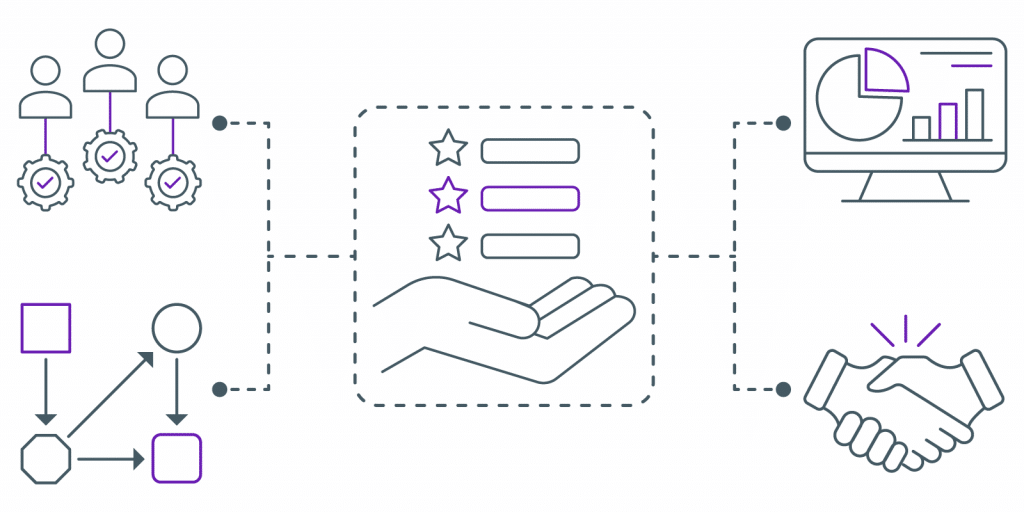
Must-Have Features
When selecting project management tool, look for these essential workflow optimization features:
- Task Assignment: Easily assign tasks to team members and set deadlines.
- Task Dependencies: Visualize task dependencies to manage workflow efficiently.
- Reporting and Analytics: Access real-time data and analytics to track progress.
- Collaboration Tools: Facilitate communication and document sharing within the platform.
- Integration Capabilities: Ensure the solution can integrate with other tools your team uses.
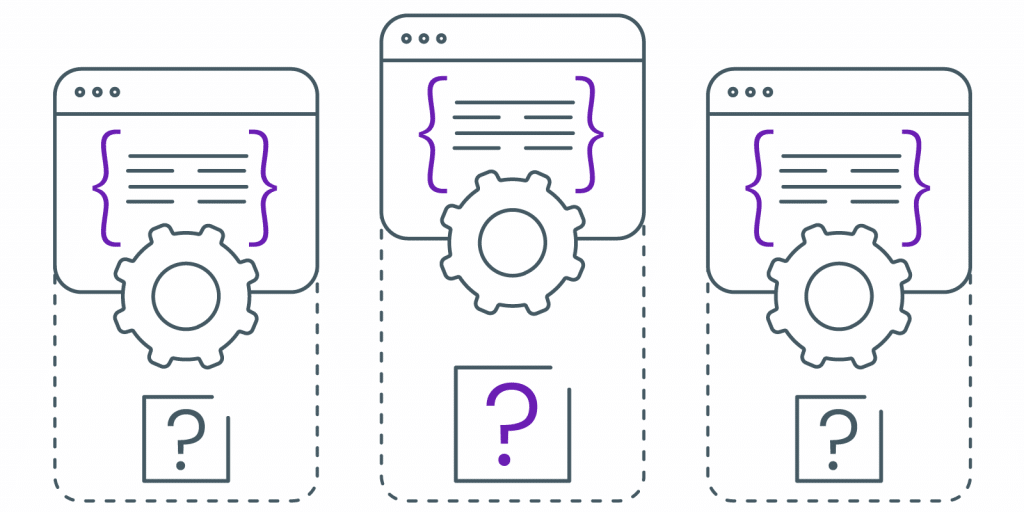
Choosing a Software Solution
Project management software solutions come in various forms to meet the diverse needs of businesses and teams. These tools offer a range of features designed to enhance project management and workflow optimization.
For instance, Cerri project management software provides robust tools to handle your projects, documents, and stage-gate workflows. Additionally, it enables the customization of workflows to automate cycles, reviews, and approvals, ensuring alignment with your business processes and organizational standards.
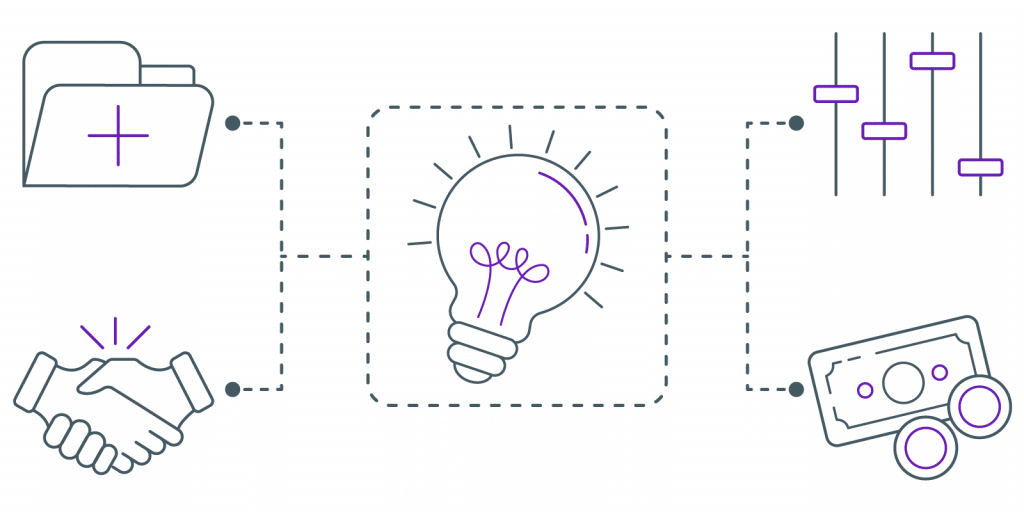
Tips for Choosing the Solution
To select the right project management tool for your workflows, consider these factors:
- Project Size: The tool should align with the scale of your projects.
- Team Collaboration: Ensure it supports the level of collaboration your team requires.
- Customization: Look for software that can be tailored to your specific workflow.
- Budget: Consider the cost and whether it provides value for your investment.
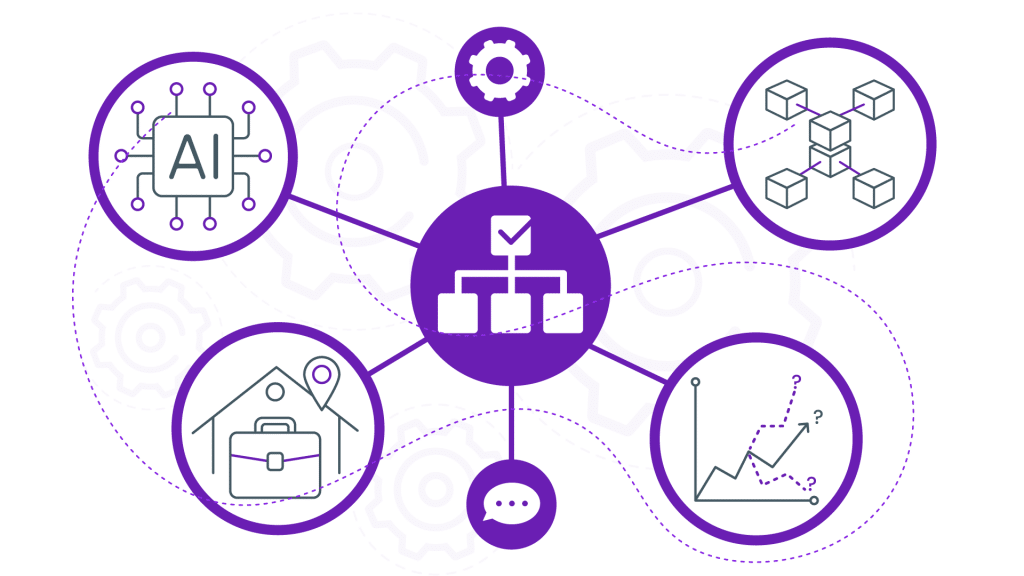
The Future of Workflow Management
The future of workflow management is poised for remarkable transformation as technology advances. Several key emerging trends are set to shape the landscape of project and task coordination in the coming years.
- Artificial Intelligence (AI): AI is set to revolutionize workflow management by automating routine and time-consuming tasks. AI-powered systems can analyze historical data to predict potential bottlenecks, allocate resources more efficiently, and offer intelligent insights into process optimization. This will save time, reduce errors, and empower teams to focus on more creative and strategic aspects of their work.
- Remote Work Optimization: The rise of remote work has accelerated the need for virtual collaboration and communication tools. Future workflow management systems will prioritize enhancing remote team coordination, offering real-time communication, project tracking, and secure data-sharing features. These tools will ensure productivity and collaboration in distributed work environments.
- Blockchain Integration: In industries where security and transparency are paramount, such as finance and healthcare, blockchain integration is becoming increasingly important. Blockchain technology can provide an immutable and transparent ledger for tracking workflow processes, ensuring data integrity, and verifying the authenticity of transactions. This will enhance trust and reduce the risk of fraud or errors in critical workflows.
- Predictive Analytics: Data-driven decision-making will be the core of future workflow management. Predictive analytics will analyze historical data, identify trends, and forecast future resource needs. This will enable organizations to allocate resources more effectively, prioritize tasks based on their impact, and adapt quickly to changing circumstances.
As businesses and organizations continue to adapt to evolving technologies and work paradigms, these trends in workflow management will enable them to stay competitive, agile, and efficient in an increasingly digital and interconnected world. Embracing these innovations will be key to optimizing processes, reducing costs, and delivering better outcomes for both businesses and their customers.
Conclusion
Project workflow management is a cornerstone of successful project management. By understanding its role, benefits, and best practices for implementation, you can streamline your projects, improve efficiency, and achieve better results. Utilizing the right project management tools further enhances your ability to manage workflows effectively. Finally, staying informed about future trends in workflow management ensures you can adapt and stay competitive in the ever-evolving business landscape.
So, whether you’re managing a small team or overseeing large-scale projects, mastering project workflow management is your ticket to success in the dynamic business world.


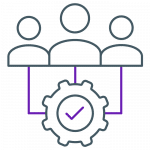


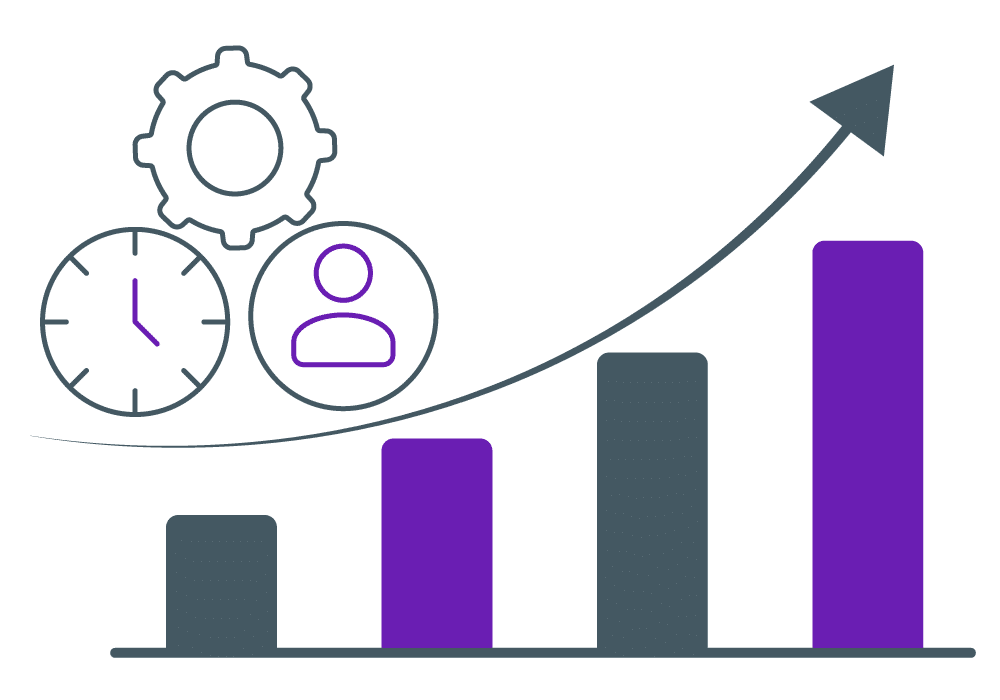
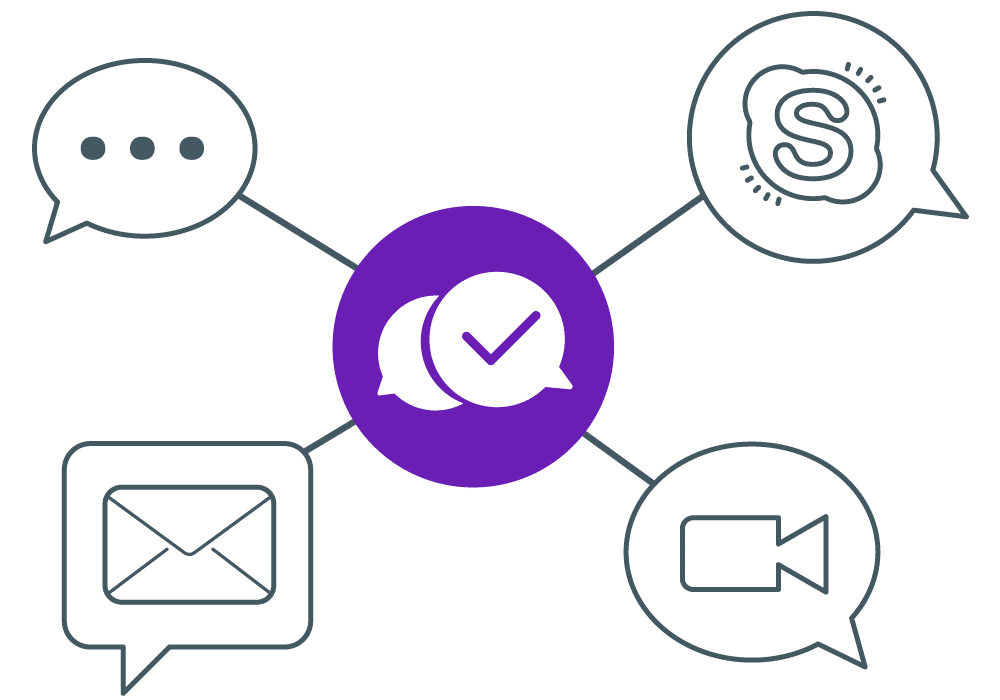





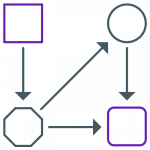






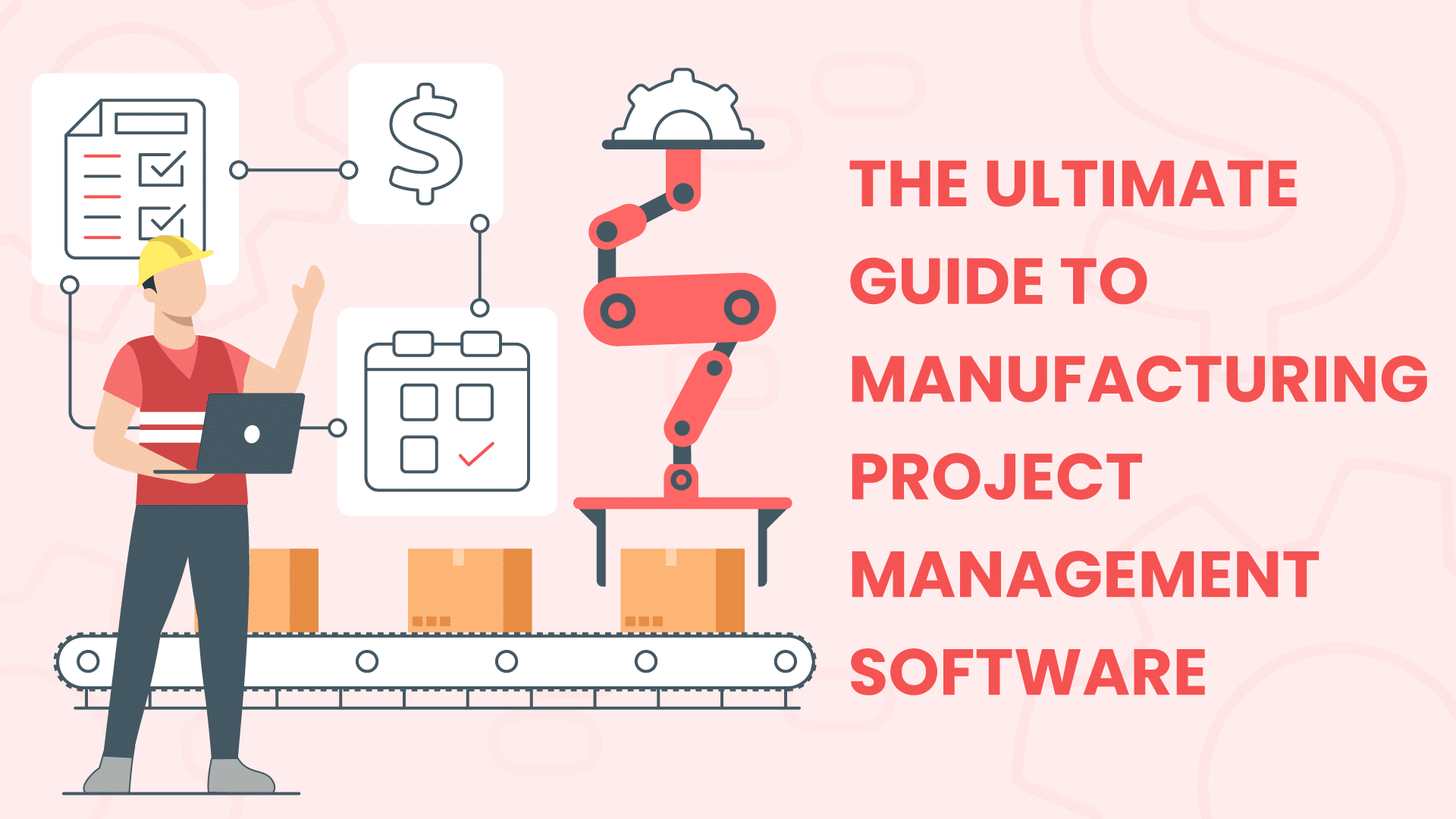


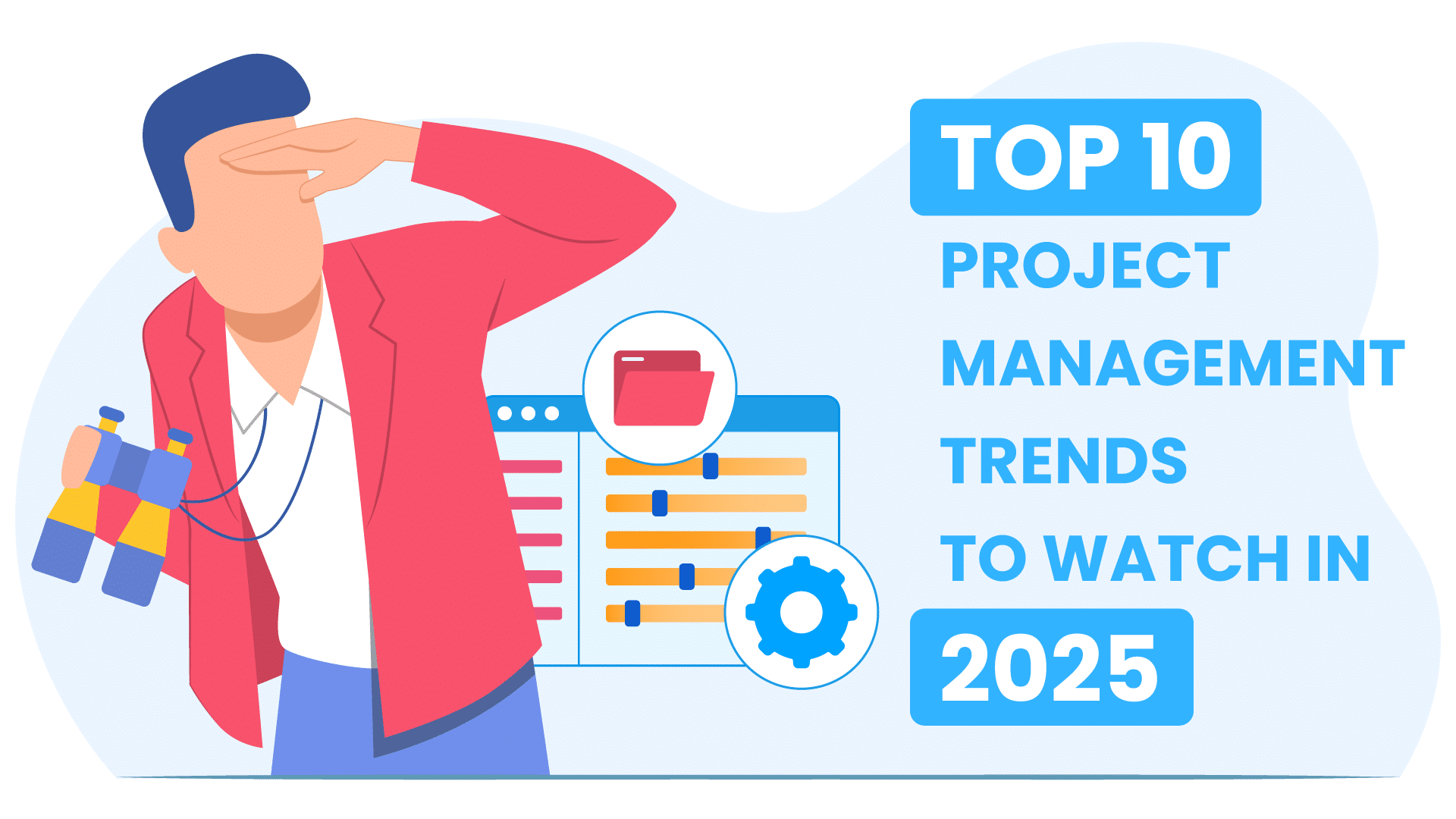


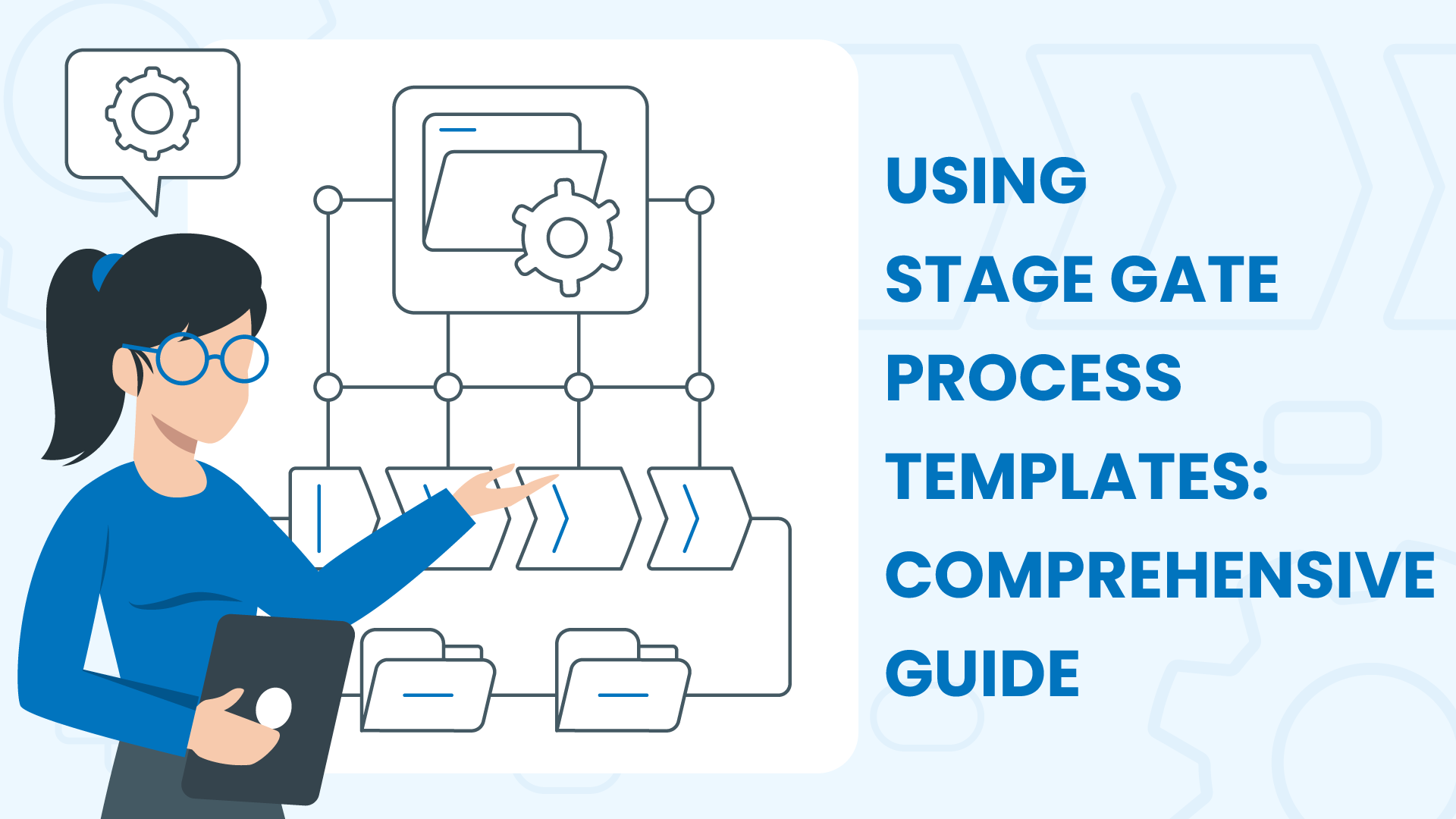




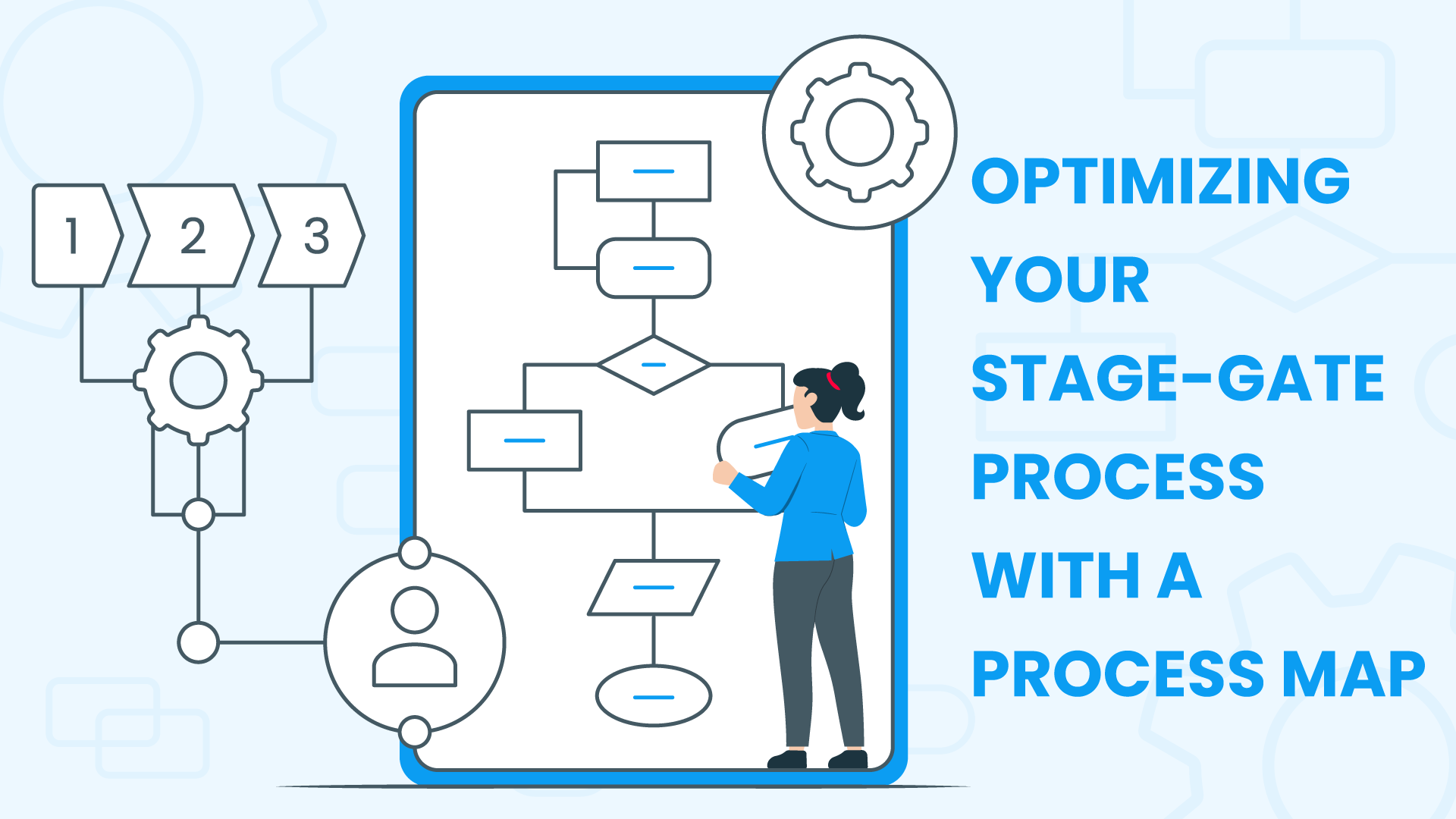




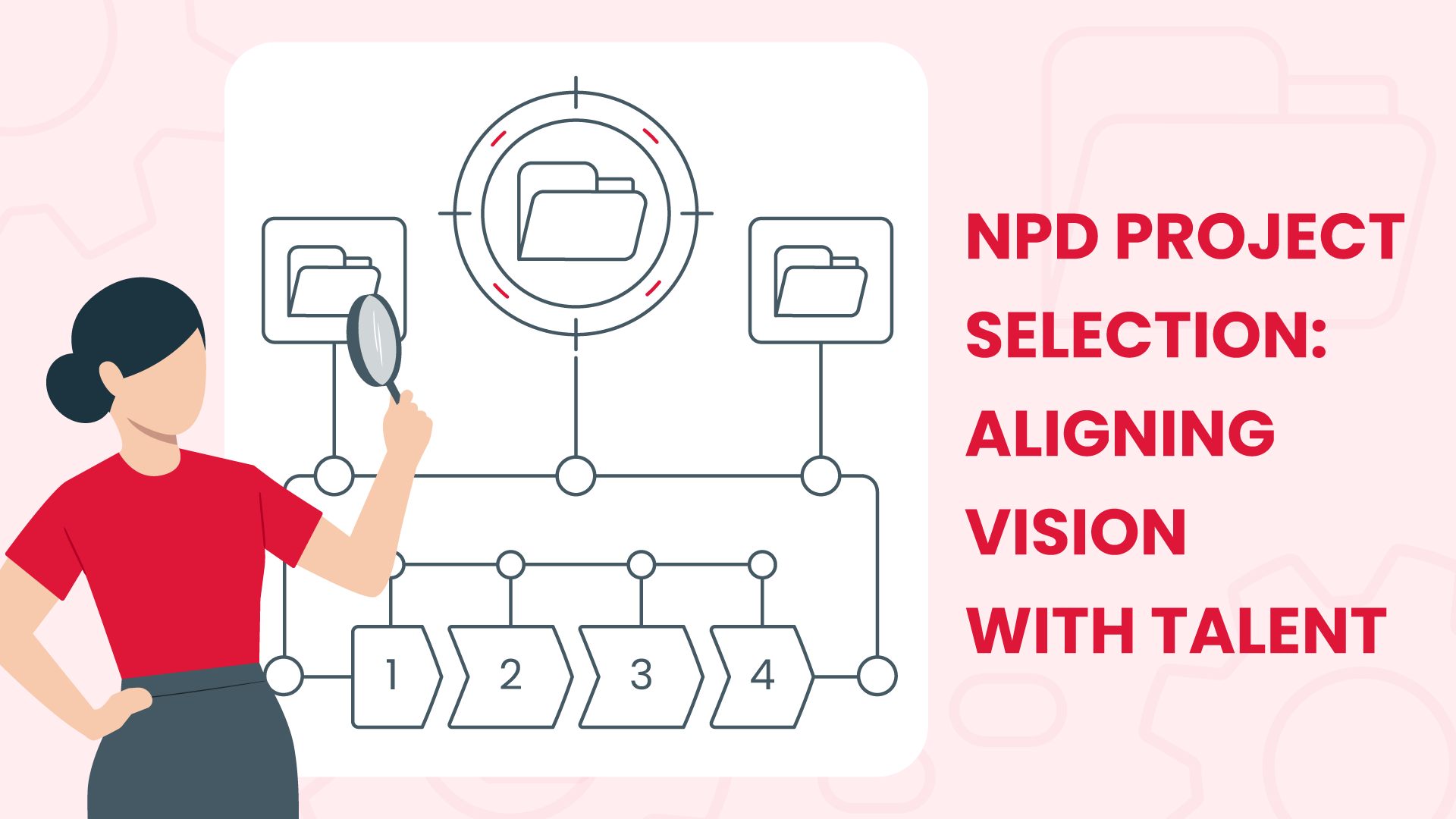






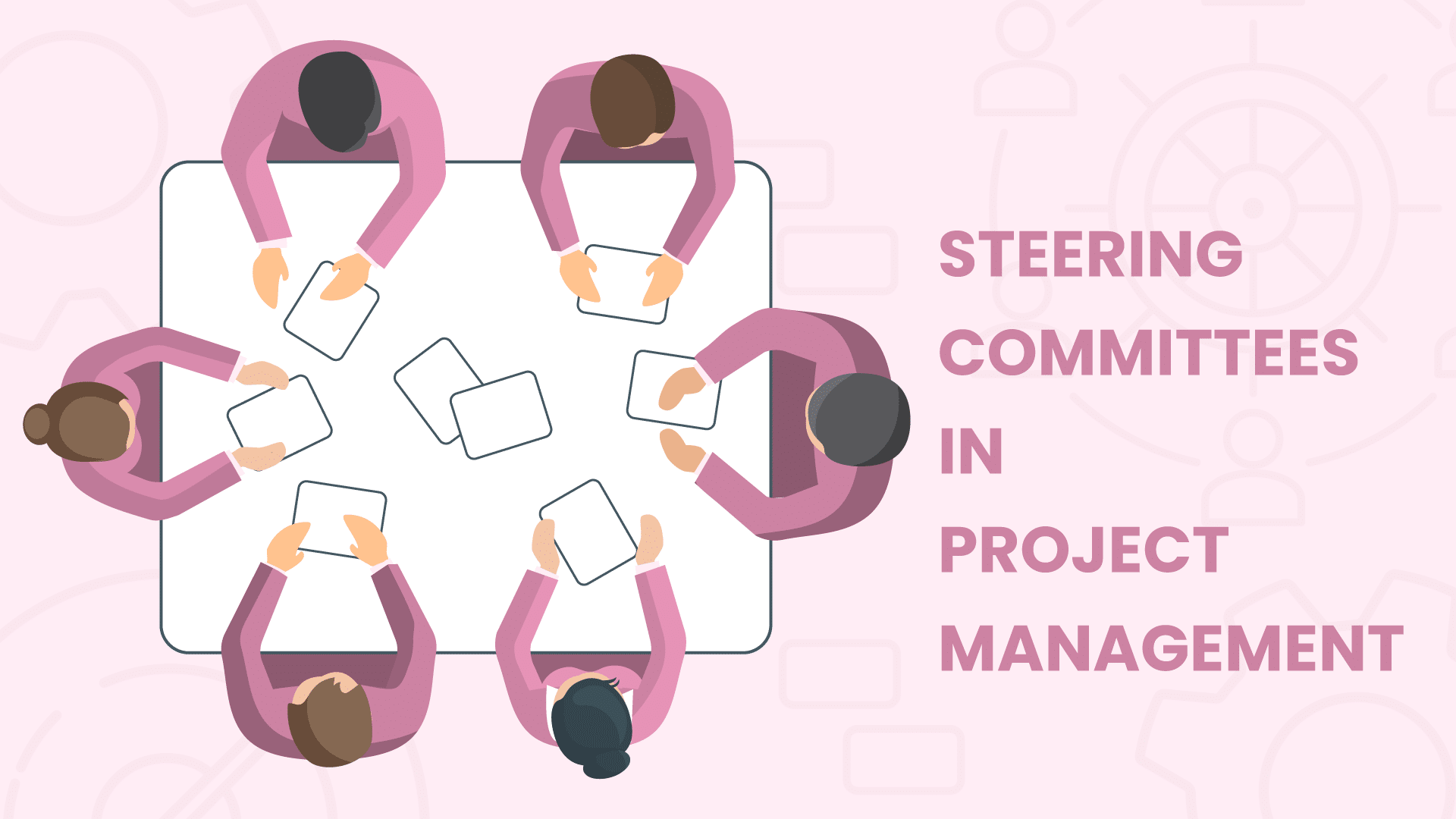





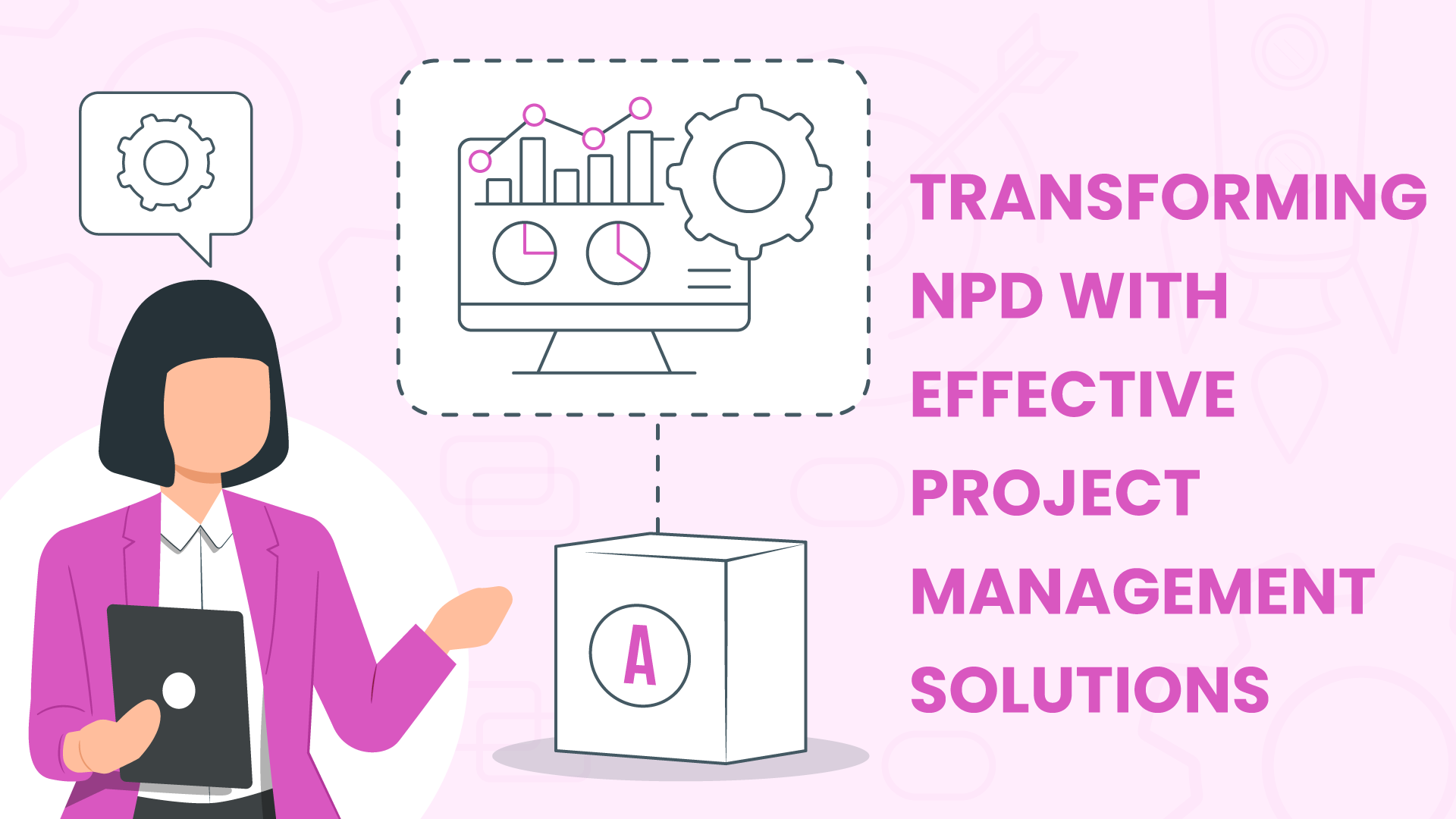
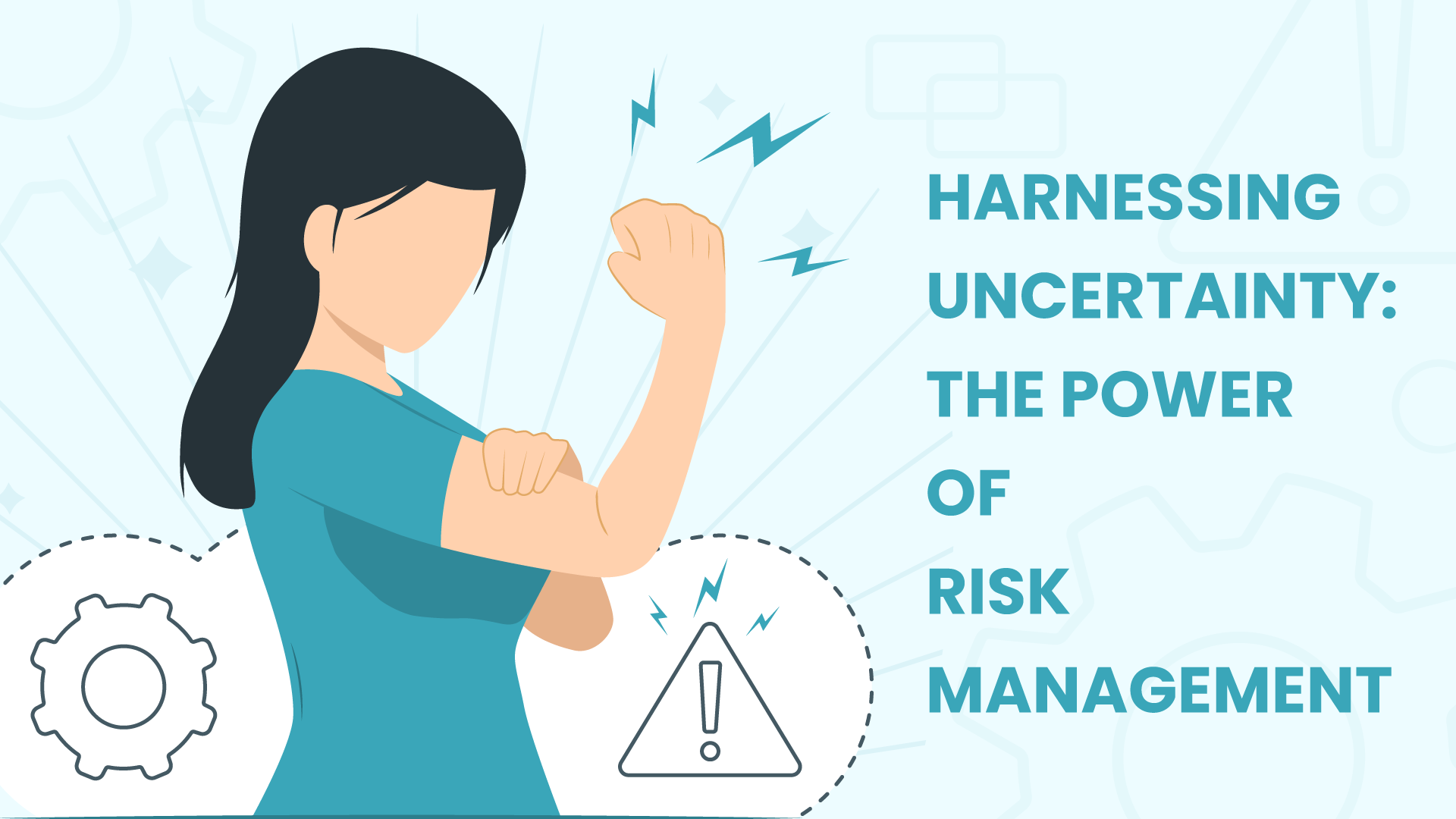
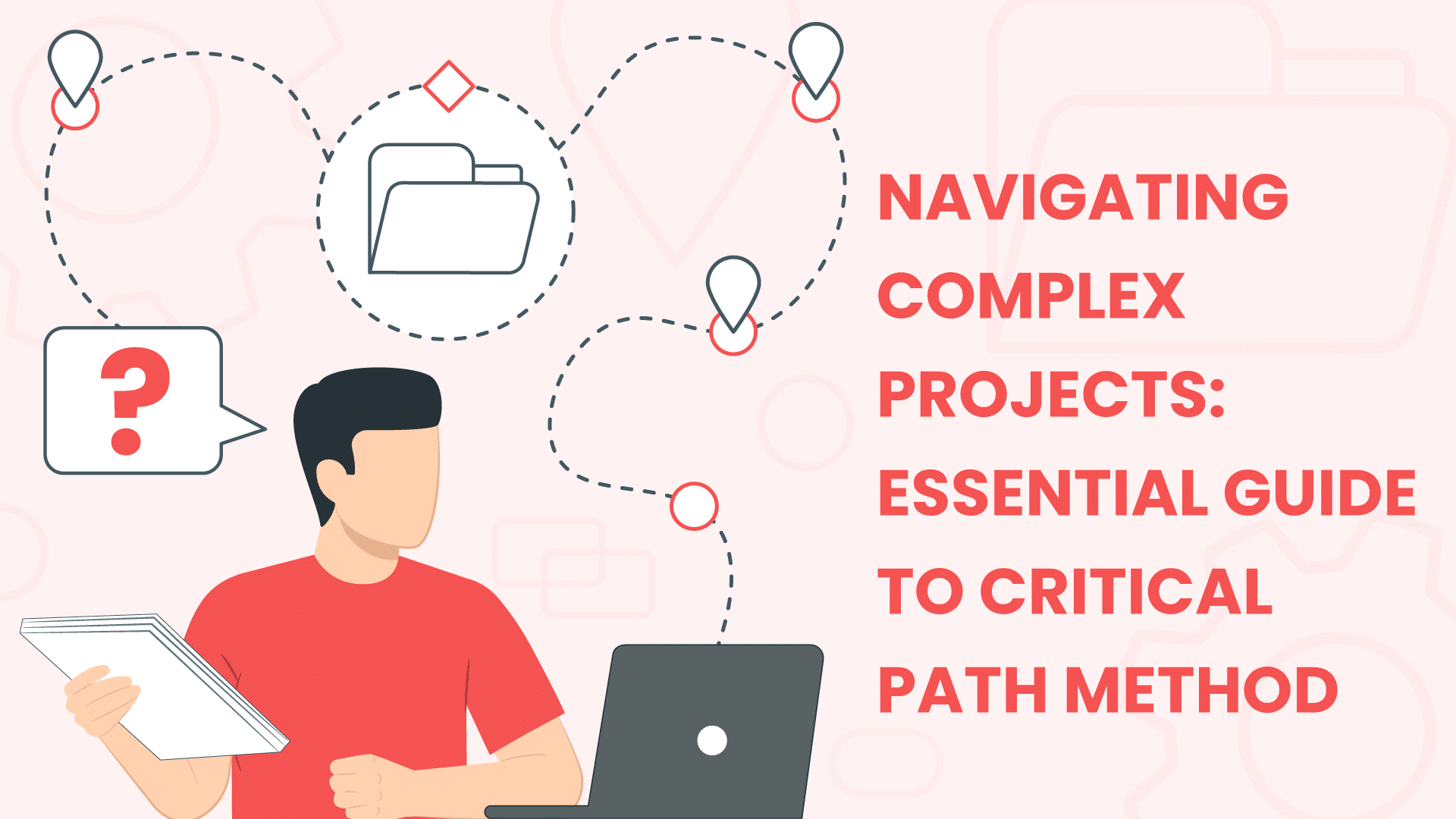






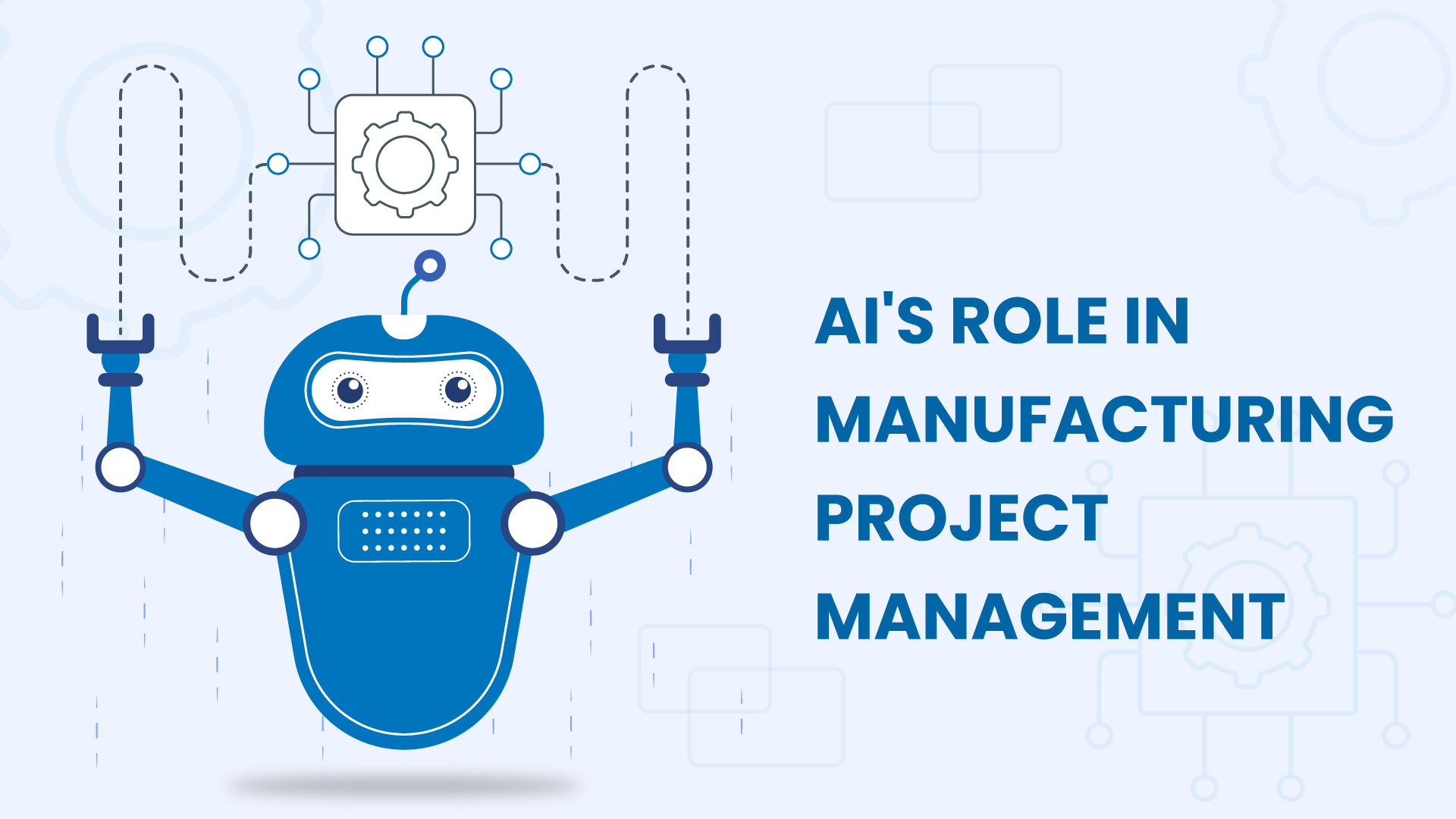


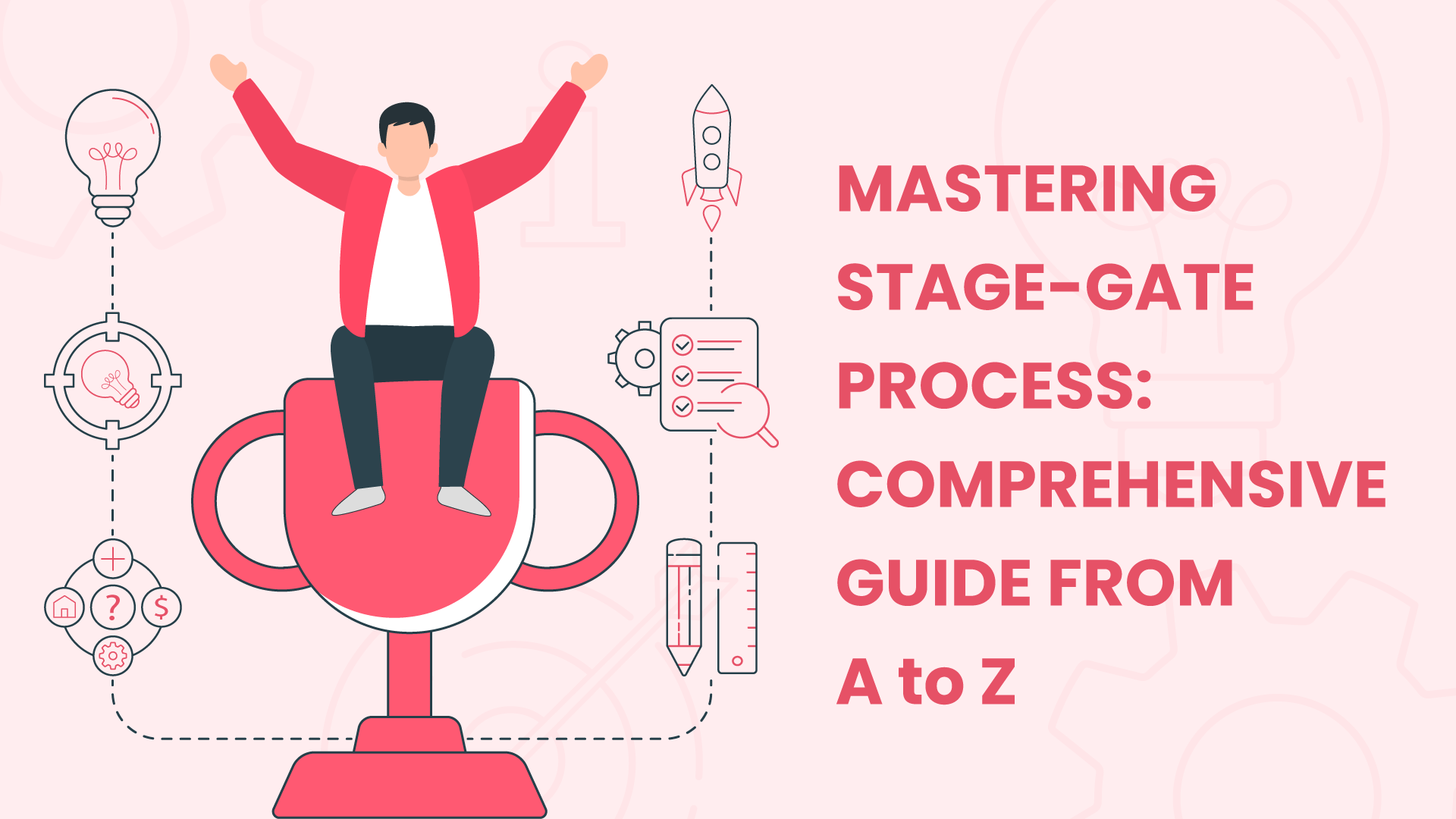

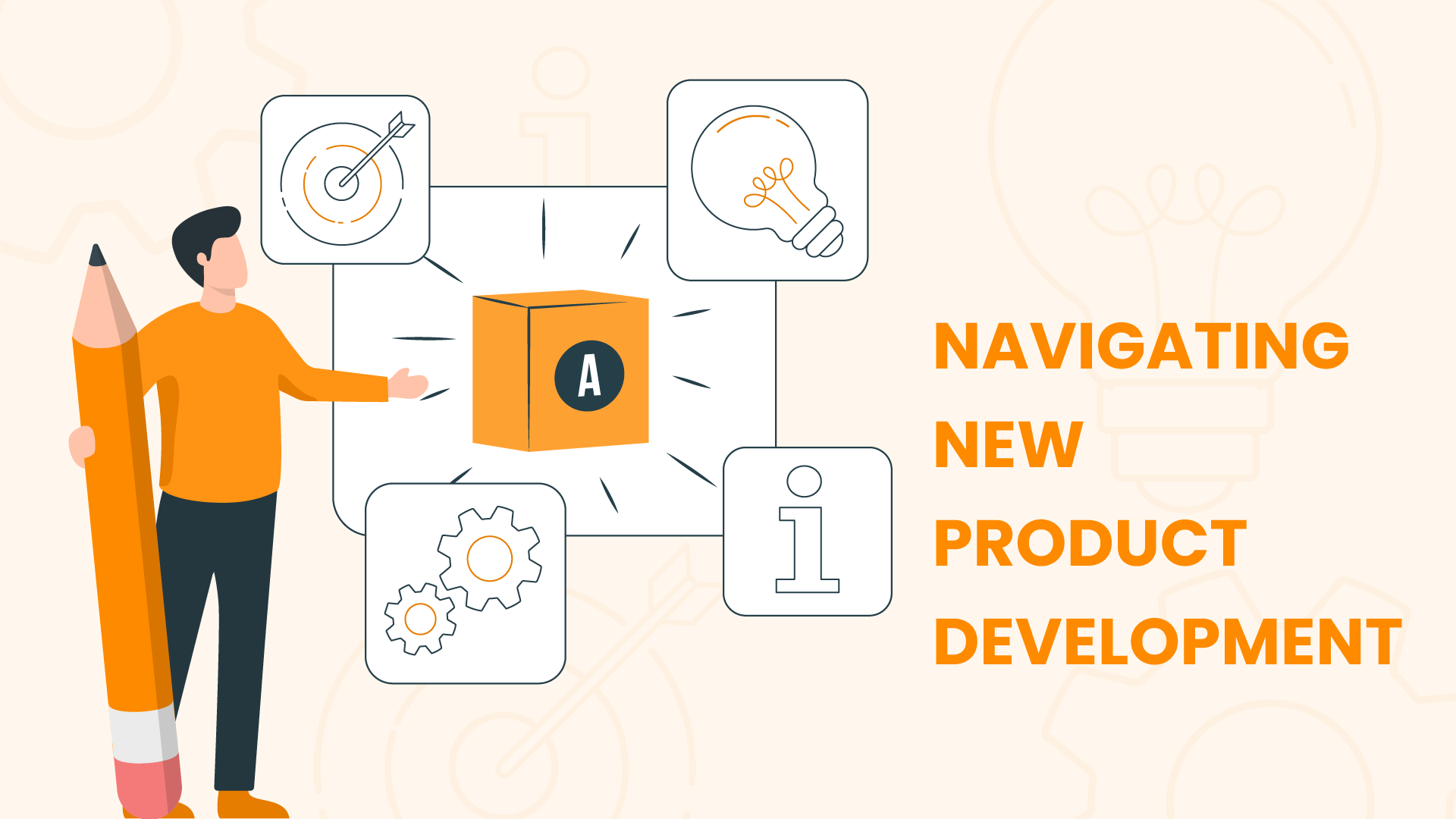





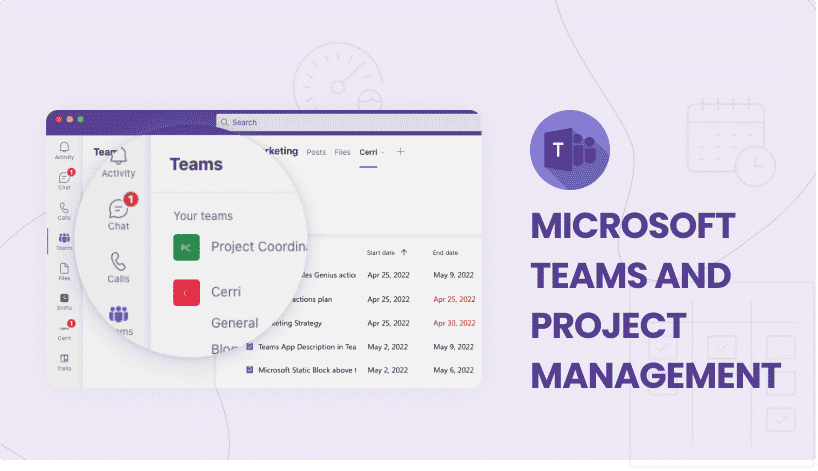


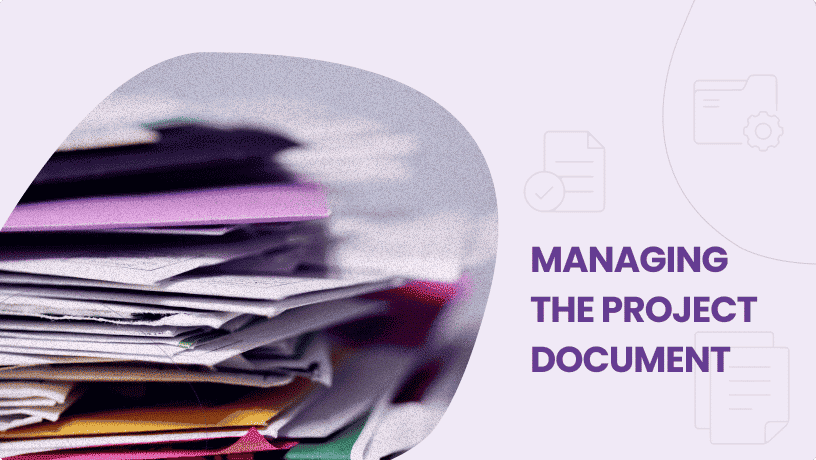

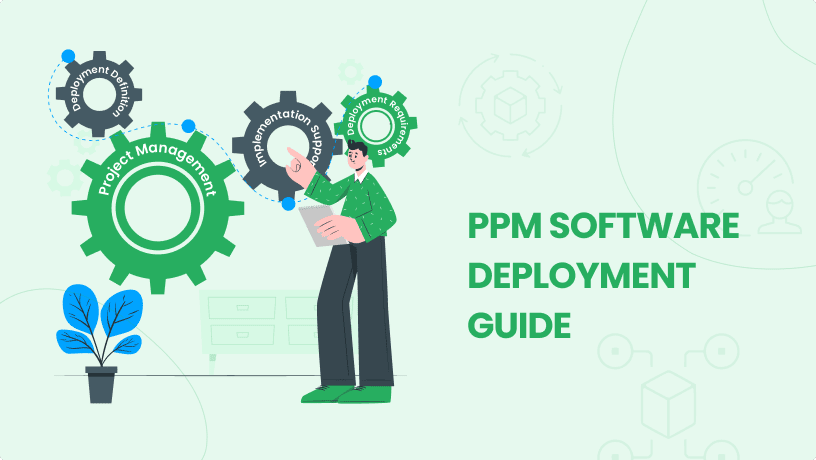

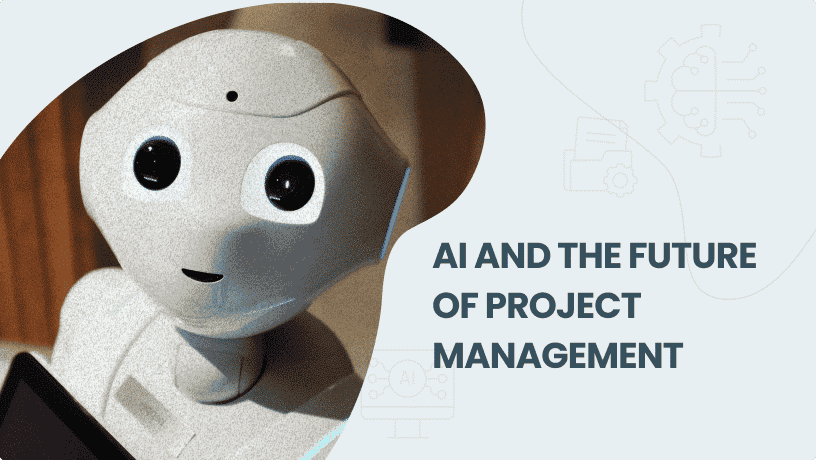







 Task Management
Task Management 

















 Customization
Customization
